-
French parliament to vote on law to offer €150 a month card for healthy food
The card would be intended to benefit consumers and farmers, and comes after successful trials of similar schemes in Bordeaux and Montpellier
-
Know your cheeses and their seasons: which to eat in France in February
Cow’s milk cheeses dominate as winter comes to an end
-
Films and series to watch in February to improve your French
Every month we outline good film and TV series to improve your language
How your favourite French patisseries got their names
Do you know the stories behind these favourite treats?
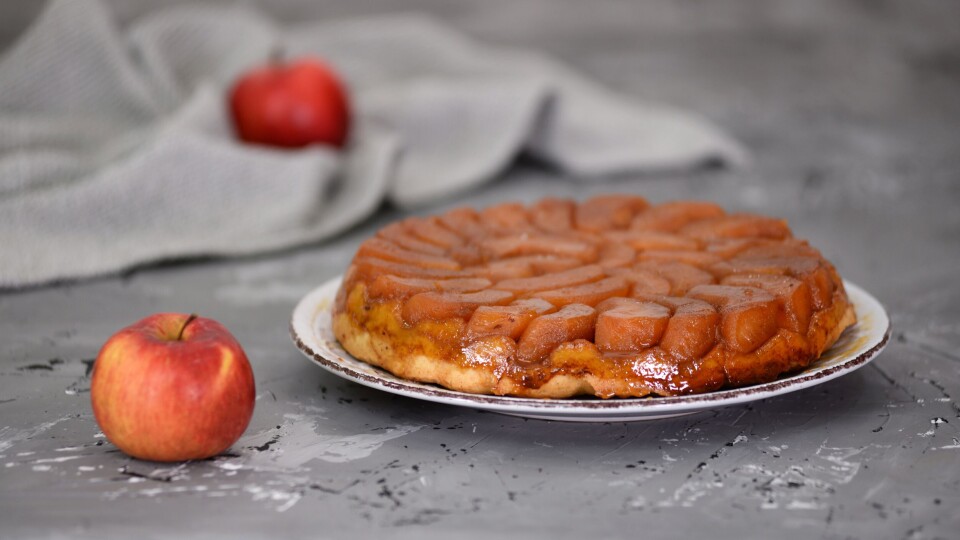
France and delicious patisserie go hand in hand, with each gateau carefully lined up on the counter steeped in history and stories.
Every cake and pastry has its own name, and many have interesting origins behind their inspiration.
Here is where some of our favourite French patisseries got their names….
Tarte Tatin
A world-famous French classic, which can often be found in French restaurants around the globe.
The story behind this popular dessert is a winding tale that involves kitchen accidents and even stolen recipes!
According to legend, the tarte is named after its creators - the Tatin sisters - who lived and worked in a hotel in the town of Lamotte-Beuvron in north west France, just south of Orléans (Loiret).
As the story goes, this hotel was well known for its apple tarts. However, one day - during a particularly busy period - in the late 1800s, one of the sisters put a standard apple tart in the oven upside down in a rush. She found it had cooked well despite the mishap, and served it. Thus the Tarte Tatin was born.
The history books point out that upside down tarts had long been a staple in the region, but by 1903 the Tarte Tatin was famous enough to be referred to in a local geographical journal, which claimed it was famous throughout the region.
Its popularity continued to spread throughout the early 1900s, and it was eventually served in the most up-and-coming Paris restaurants.
In fact, the owner of Parisian restaurant Maxim’s - which was frequented by the likes of Marcel Proust - is once said to have posed as a gardener at the Tatin sisters’ hotel in a bid to steal the much-desired recipe to use in his own kitchen.
However, as he was only six years old when the sisters retired in 1906, this story is likely a total invention - despite undoubtedly adding to the drama surrounding the tart.
Read also: Five things they don’t tell you about baguettes in France
Le Paris Brest
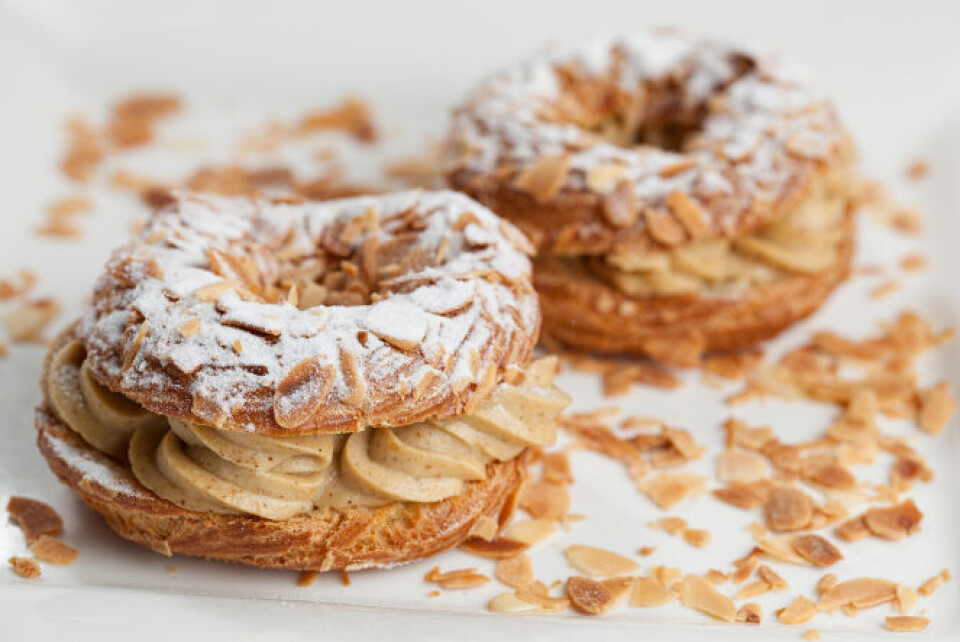
The Paris Brest has a particularly interesting backstory, as it was created in homage to the infamous cycling race between Paris and Brest.
As the story goes, in 1891, newspaper editor Pierre Giffard wanted to encourage people to use bicycles in Brest by launching a cycling race between the city and Paris.
To accompany the initiative, he asked a local pastry chef by the name of Louis Durand to create a special pastry to help promote the race.
In line with the cycling theme, Duran created a wheel shaped pastry filled with hazelnut mousse and topped with almonds.
The cream inside the wheel of pastry is piped to roughly emulate the spokes of a bike wheel.
The Durand boulangerie is still owned by Louis’s family, and they claim to be the only ones to hold the exact recipe for the famed pastry.
La Religieuse
The story behind the name of this pastry is perhaps not what you would expect.
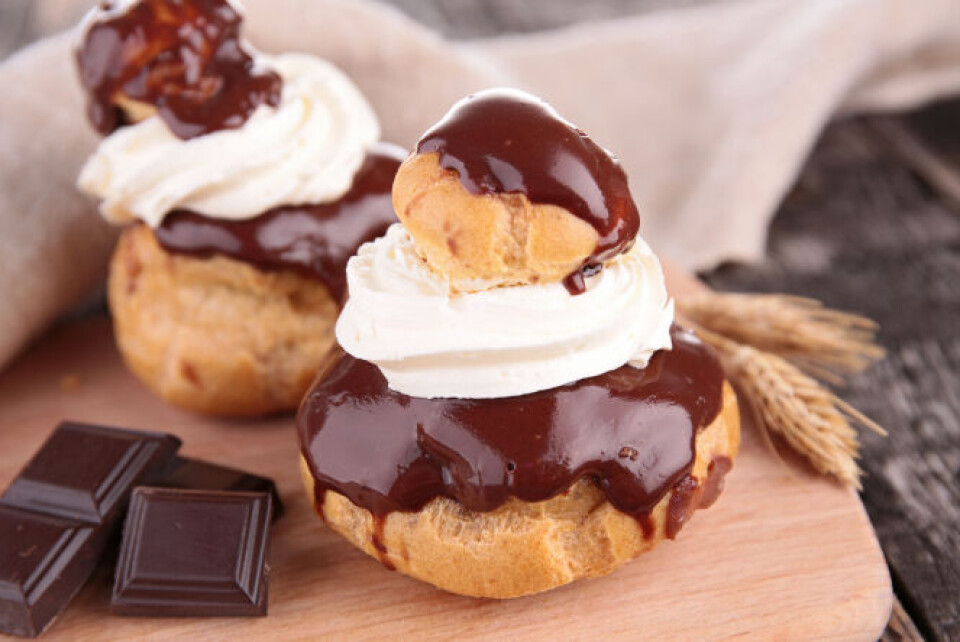
While it does refer to the pastry, ‘une religieuse’ is also the word for ‘nun’ in French, and it was from this that inspiration for the pastry struck.
The colour of the treat is said to have reminded the creators of the habit worn by nuns, leading them to name it La Religieuse. It was first served to customers in a Parisian cafe in 1856 and saw immediate success.
While similar to the eclair in taste and content, the shape of the religieuse is different, consisting of two chocolate- or coffee cream-filled balls balanced on top of each other with a chocolate or coffee topping.
However, in recent years, the pastry has been in decline, with boulangers opting to save time and resources and make its simpler sister, the eclair.
L’Opéra
L’Opéra is a layered cake that has been around since 1955, when it was created by Cyriaque Gavillon, who was known for his modern attitude to baking.

Mr Gavillon wanted the cake to be simpler than other more elaborate creations, so customers could taste every element in each bit. It was named l’Opéra by his wife, who thought it reassembled the l’Opéra Garnier - the Paris opera house not far from where Gavillon worked.
The cake is assembled with two layers of biscuit, two layers of coffee buttercream, and then covered in ganache.
Le Saint Honoré
Saint Honoré is the patron saint of baking, so it is only right that there should be a cake with the same name.
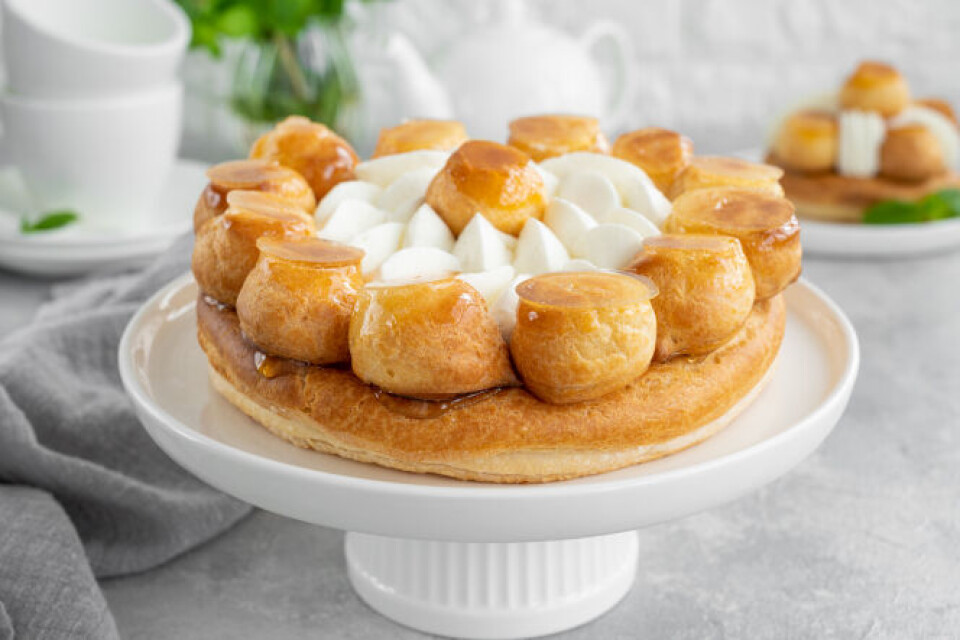
The extravagant gateau originally derives its name from the street on which it was first created, in the patisserie Chiboust. However, it is also said to be a nod to Saint Honoré, the patron saint of boulangers-pâtissiers.
It consists of sweet puff pastry, chantilly cream, cream-filled puffs, and salted caramel, and is often brought as a dessert to dinners and special occasions.
Les profiteroles
Often found on the dessert menu in restaurants as well as on supermarket shelves, profiteroles’ popularity has permeated the market the world over.
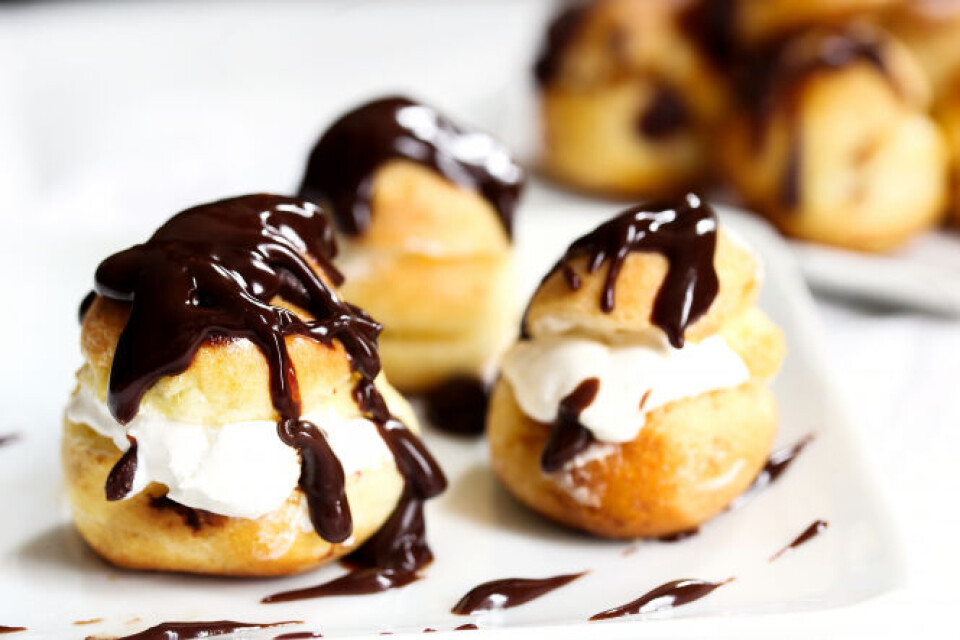
Although now seen as an indulgent dessert, profiteroles had humble beginnings. In the 16th century it was customary to reward servants with food, so at the time small balls of pastry were cooked on the fire, then soaked in stock and offered to servants as un petit profit.
These were then called ‘profiteroles’, which eventually inspired the name of the dessert we know today, which was itself developed in the 19th century.
La tarte tropézienne
As its name suggests, this famous gateau hails from Saint Tropez, but did you know that the famed cake has famous origins?

The cake was brought into the spotlight by the likes of Brigitte Bardot, who loved the cake, as can be seen in the Netflix series, Bardot.
The actress discovered the gateau while shooting in Saint Tropez in the fifties after its creation by Poland born baker Alexandre Micka, inspired by his grandmother’s recipe.
It was Bardot, who loved the cake, who suggested calling it the Saint-Tropez, which soon became the tropézienne.
Related articles
How to spot mass produced pastries in a French bakery
Young French pastry chef says ‘love’ is key to perfect croissant
























